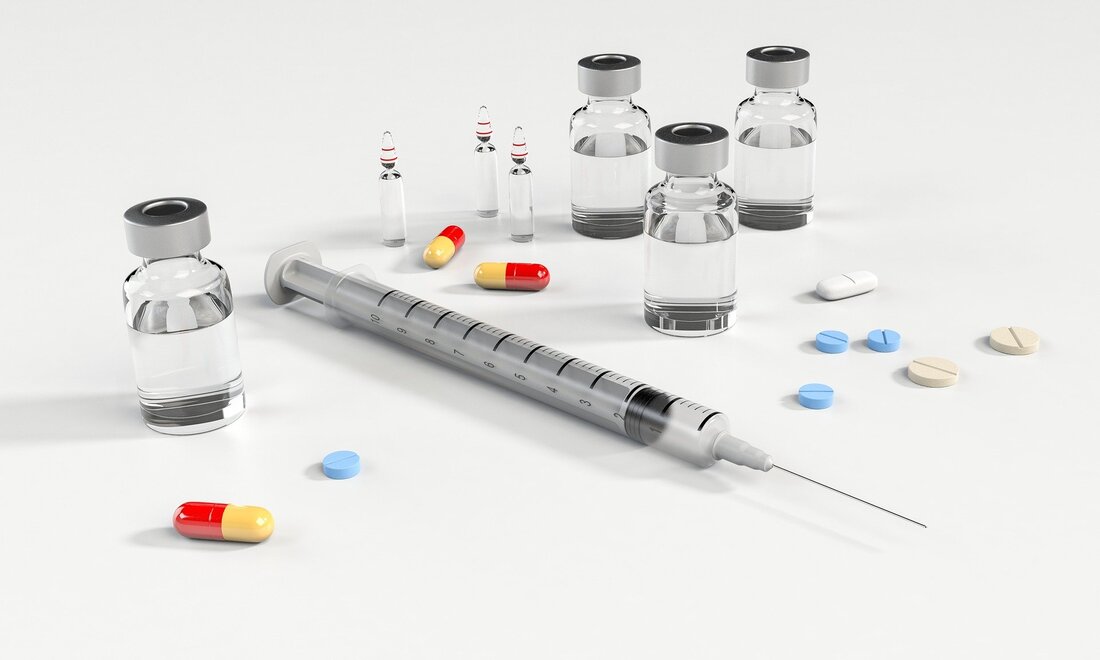|
What is Pathology - Lung Cancer
Pathophysiology • Long-term irritation or cancer exposure alters cells, activating oncogenes and causing the loss of chromosome 3's genetic material. • Mutating cells with less maturity are more invasive than those with early differentiation. The TNM technique is employed in the evaluation of cancers. • Compared to healthy body cells, cancer cells proliferate more quickly and have higher metabolic rates. Hypersecretion from cancers that are secreting causes harm to the body. Lung cancer may be the main site or a secondary metastatic site from another part of the body. Evaluation and Diagnostic Results • Chronic cough, wheezing, breathlessness, fever, anorexia, weight loss, and pleural friction rub. • CT scan, PET scan, MRI, bronchoscopy with biopsy, phlegm for cytology, and US. Complications Syndrome of the superior vena cava. • Effusions in the pleura. • Tamponade cardiac. • Hyperuricemia as a result of the cancer therapy and the destruction of cancer cells. Medical Attention and Surgical Procedure • TomoTherapy, immunotherapy, cortisone, chemotherapy, and radiation. • A pneumonectomy or lobectomy. • repeated CXRs, electrolytes, CBC, or other imaging. • Promote quitting smoking, annual checkups, and awareness of cancer's early symptoms. • Provide antiemetics and monitor F and E, the epidermis, and underlying structures (radiation). (chemotherapy). • Keep an eye on the CBC for RBC and WBC. • Assist the client's and family's psychosocial requirements; provide pain medication as necessary
1 Comment
8/8/2023 12:48:26 pm
Visit us at
Reply
Leave a Reply. |
Kembara's Health SolutionsDiscovering the world of health and medicine. Archives
June 2023
Categories
All
|

 RSS Feed
RSS Feed